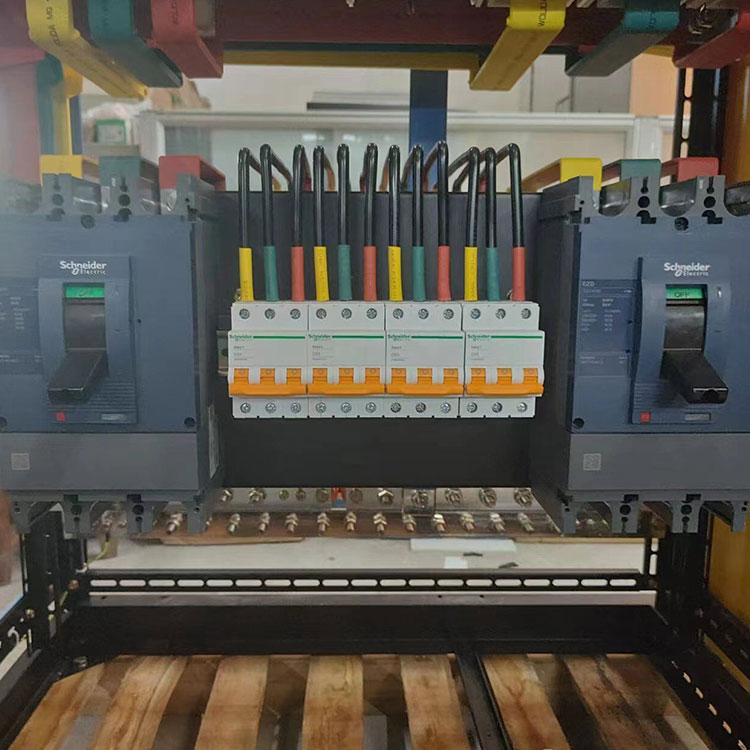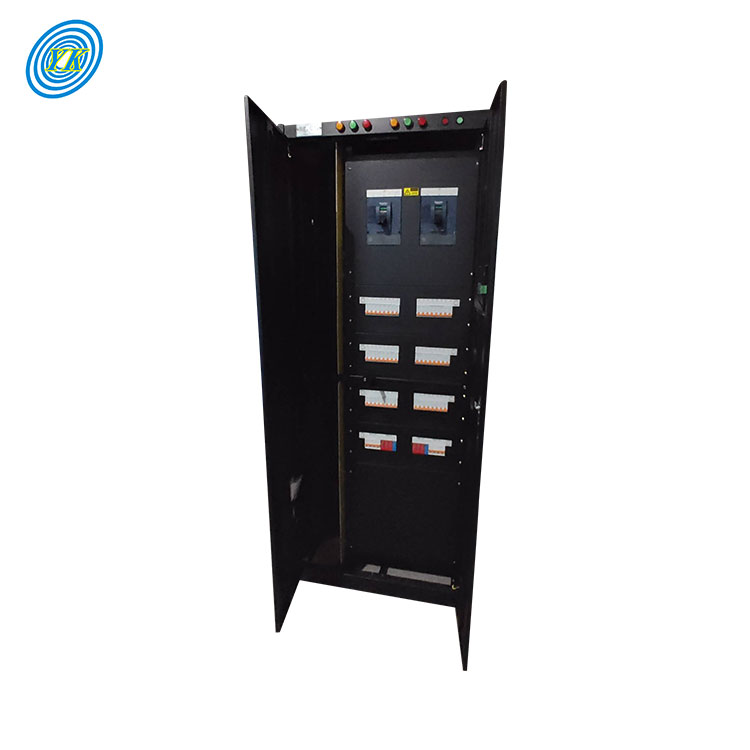News
The Purpose and Structure of Power Distribution Cabinets in Server Racks
Click: 725 Date: 11/04/2023 09::23::17 AM
The Purpose and Structure of Power Distribution Cabinets in Server Racks
A power distribution cabinet, also known as a header cabinet, is a crucial component in data centers, power rooms, telecommunication equipment rooms, and large network rooms. It is designed to distribute and manage power supply to one or multiple server racks within the same room, offering protective functionalities.

Companies like YUCOO manufacture power distribution cabinets that ensure operational safety, reliability, and convenience in maintenance. The heat, electric arc, impact, vibration, magnetic field, or electric field produced by each electrical component during operation should not affect the normal functioning of other electrical components.

The structure of the power distribution cabinet is fully enclosed, featuring side panels, bottom plates, top plates, and front and rear doors. A well-designed cabinet will have a neat exterior, with all welding spots even, firm, without cracks, residues, noticeable deformation, or burn-through.
The power distribution cabinet should provide completely independent dual circuit power supply to one or multiple network cabinets. For dual circuit cabinets, each circuit should have a separate neutral line row and they should not be interconnected or shared.
The power distribution cabinet also includes an intelligent monitoring system that can monitor the switch status and load conditions of the power distribution system. The system can monitor various input electrical parameters such as power, active power, reactive power, apparent power, power factor, three-phase voltage, current, frequency, etc., and output branch electrical parameters such as rated current, actual current, load percentage, load current harmonic percentage, load power, power factor, etc. This information enables users to understand the operation of each device, adjust the load distribution in time, and clearly understand the power consumption of each cabinet, providing a reliable basis for energy efficiency management and reducing energy consumption.